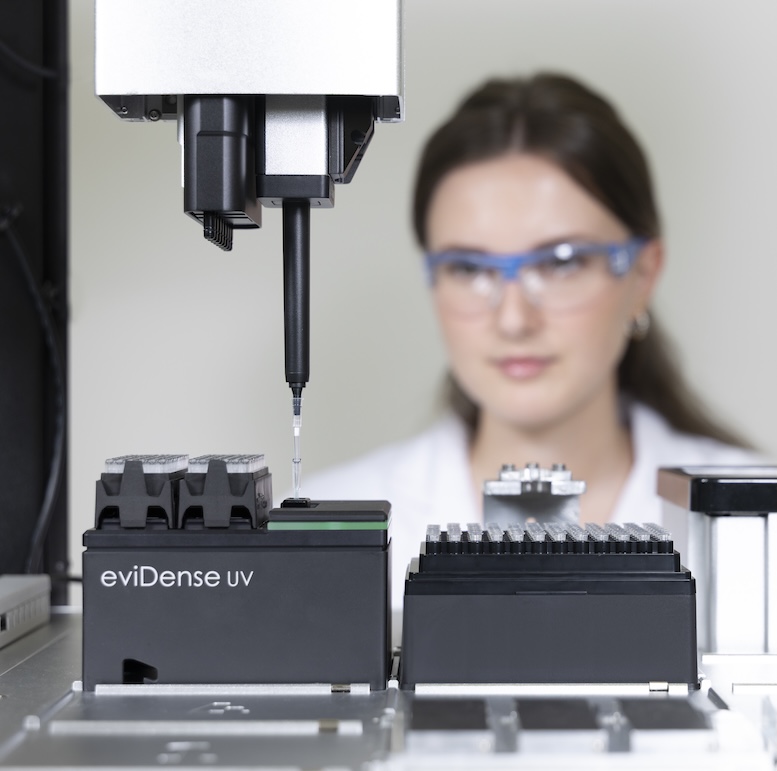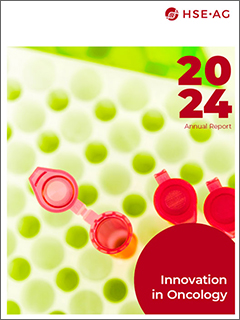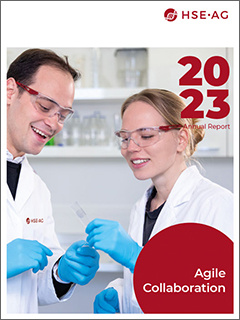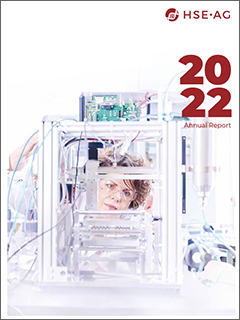
Specifically developing Next-Generation Sequencing methods further
NGS technologies are becoming ever more powerful and ever more specialized. HSE•AG has many years of experience in all areas of high-throughput sequencing through to the development of a complete system. Our expertise in the area of direct liquid handling processes for integrated sample quality control is unrivalled.
Next-Generation Sequencing (NGS) has laid the foundation for personalized medicine and thus for the major advances in oncology. However, the fast, reliable and cost-effective sequencing of entire genomes has by no means reached the end of its potential in cancer diagnostics.

Long fragments, modifications and disease-specific panels
On the one hand, the latest methods such as nanopore or SMR technology (single-molecule real-time sequencing) can be used to read ever longer DNA fragments of up to several tens of thousands of base pairs at a time.
On the other hand, more and more specialized systems are being developed with which epigenetic modifications such as methylations or binding sequences of transcription factors can be analyzed. In addition, so-called panels can be used to specifically detect certain disease markers in the blood. This allows, for example, a return of cancer or mutations in tumor cells to be detected at an early stage. This means that targeted countermeasures can be taken more quickly.
Many years of experience in all NGS areas
“We have many years of experience in the development of NGS systems,” says Andreas Geipel, Principal System Engineer at HSE•AG. The engineers have developed components for all sub-areas; starting with sample preparation and library preparation, through reliable qualification of sample quality integrated into the liquid handling processes and the optical readout of gene sequences in flow cells, to the development of a complete end-to-end NGS system.
“In the area of library preparation, for example, we recently developed a beads-based system that allows DNA fragments to be selected based on their length in just a few steps,” illustrates Geipel. This allows libraries to be generated quickly and reliably that optimally match the read length of the NGS technology used.

Unique expertise in integrated quality inspection
HSE•AG’s experience in qualifying the quality of nucleic acid samples is unique. It ensures that no contaminated or overly diluted samples pass through the sequencing process and then produce unreliable results.
“With our OEM component eviDense UV, for example, the concentration and purity determination of NGS samples can be integrated directly into a liquid handler,” says Geipel.
The module, which only requires one microtiter plate space, uses four wavelengths in the UV range for the analysis of protein, RNA, salt or organic impurities and for precise concentration determination. Thanks to a sophisticated process, the analysis does not consume any valuable sample material.

Recent Annual Reports



